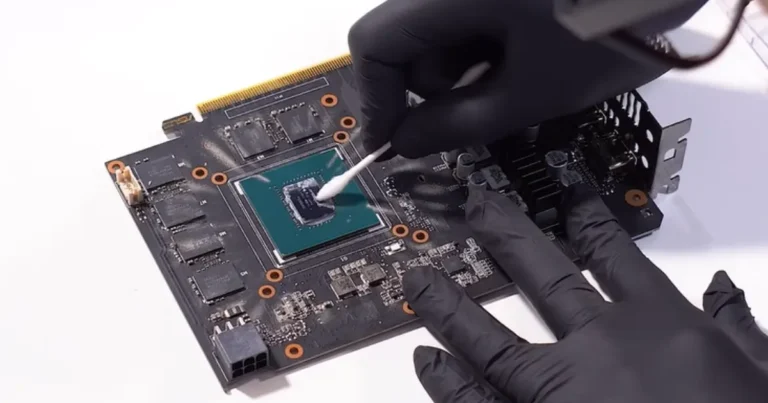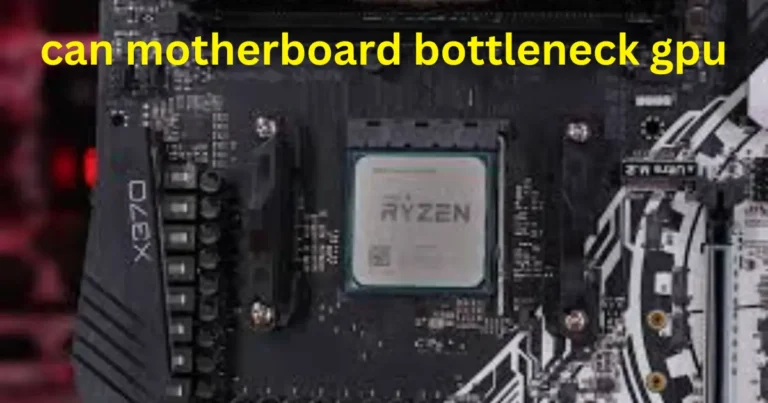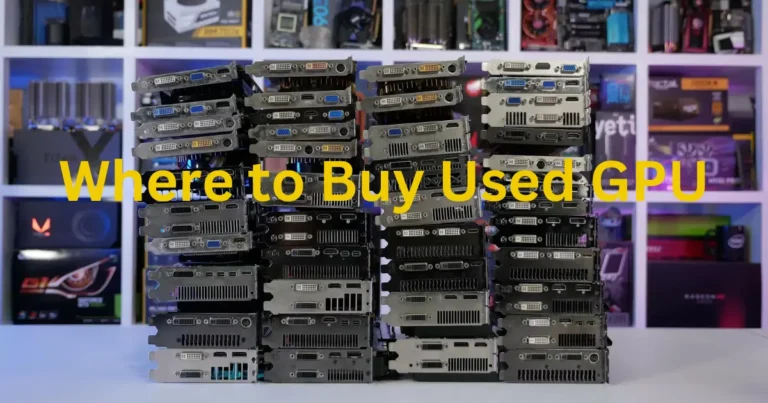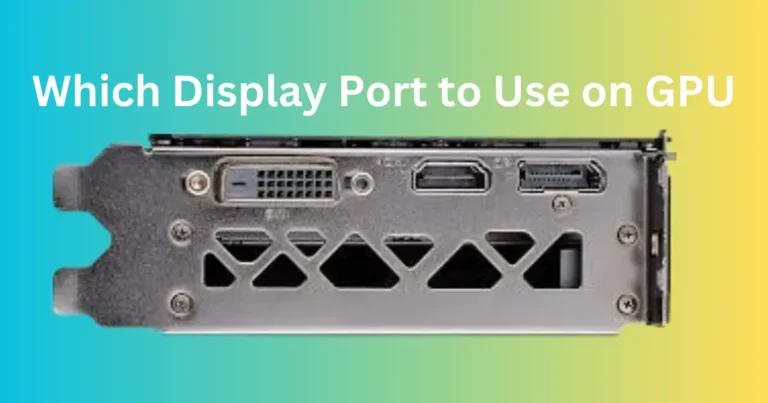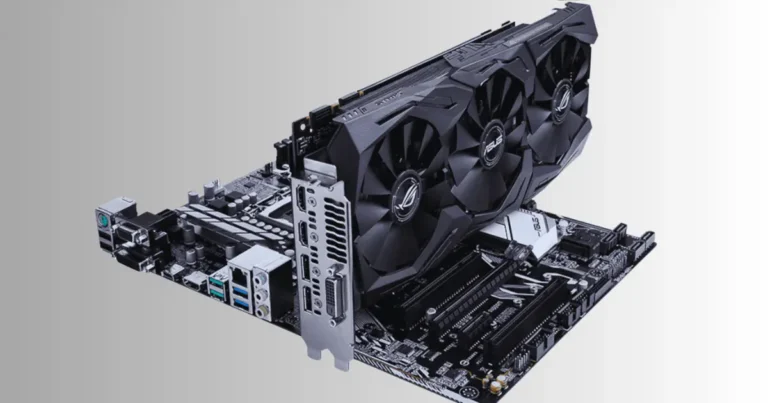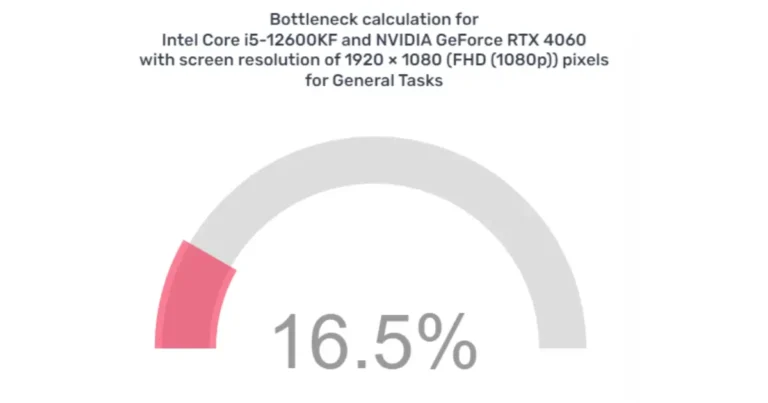Introduction
Ever wondered how to boot a PC without a GPU? Whether your GPU has failed, you’re building a budget system, or you just don’t need one, understanding how to get your PC up and running without a dedicated graphics card is crucial. This guide will walk you through everything you need to know about booting a PC without a GPU, from the basics to advanced configurations.
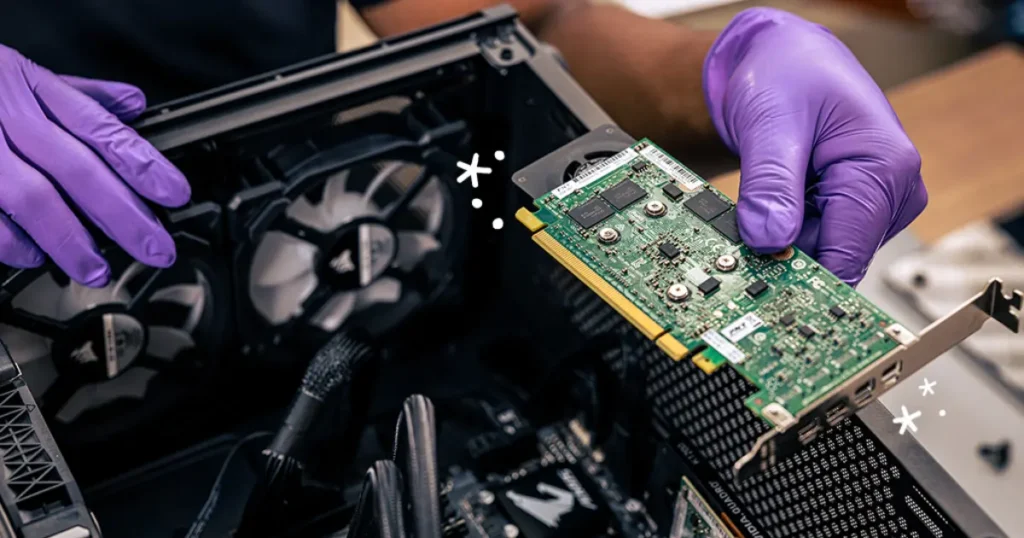
Understanding the Basics
What is a GPU?
A GPU (Graphics Processing Unit) is a specialized processor designed to accelerate graphics rendering. It handles complex calculations needed for rendering images, video, and animations, making it essential for gaming, video editing, and other graphics-intensive tasks.
Role of a GPU in a PC
The GPU offloads graphics processing tasks from the CPU, enhancing overall system performance, particularly in applications requiring high-resolution visuals and fast processing times.
Why Boot Without a GPU?
Common Scenarios and Reasons
Failed GPU: Your dedicated GPU might have failed, and you need to boot your system for troubleshooting or basic tasks.
Budget Constraints: Building a cost-effective PC without a dedicated GPU to save money.
Specific Use Cases: Servers, basic office tasks, and systems where high-end graphics aren’t necessary.
Preliminary Checks
Ensure Compatible Hardware
Before attempting to boot without a GPU, ensure your motherboard and CPU support integrated graphics. Not all CPUs come with integrated graphics, so verify this with your CPU’s specifications.
BIOS Settings Overview
Your BIOS (Basic Input/Output System) settings need to be configured to use the integrated graphics. Familiarize yourself with accessing and navigating your BIOS menu.
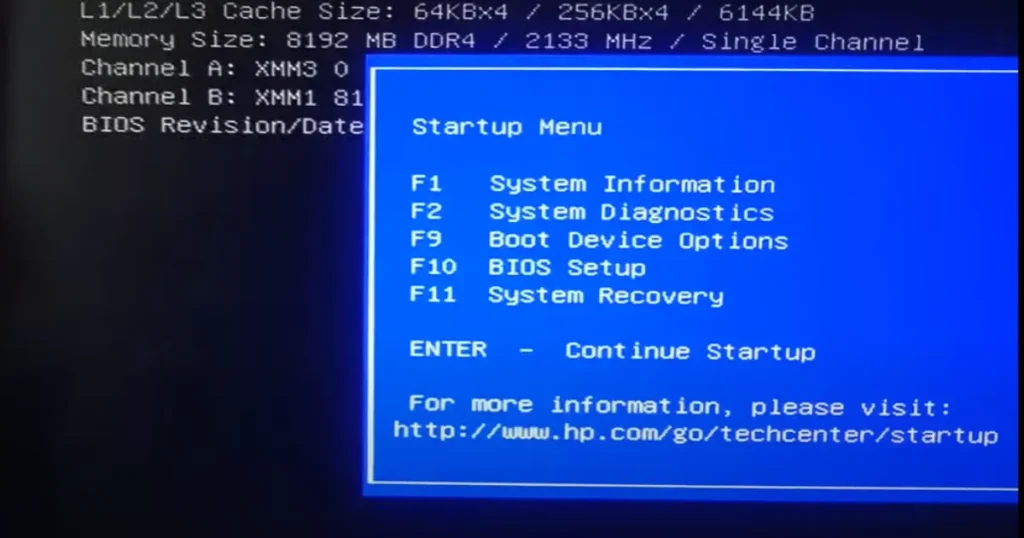
Using Integrated Graphics
What are Integrated Graphics?
Integrated graphics are built into the CPU, sharing memory with the system’s RAM. They provide basic graphics capabilities without needing a separate graphics card.
Checking if Your CPU Supports Integrated Graphics
Not all CPUs have integrated graphics. Check the specifications of your CPU model on the manufacturer’s website. Look for terms like Intel HD Graphics, Intel Iris, or AMD Radeon Vega.
Steps to Boot a PC Without a GPU
Step-by-Step Guide
- Check CPU Compatibility: Verify your CPU supports integrated graphics.
- Access BIOS: During boot, press the designated key (usually Del, F2, or Esc) to enter BIOS.
- Configure BIOS Settings: Set the primary display output to integrated graphics.
- Connect Monitor: Plug your monitor into the motherboard’s display output.
- Save and Exit BIOS: Save your changes and exit the BIOS menu.
BIOS Configuration
Accessing the BIOS
Restart your PC and press the BIOS entry key repeatedly until the BIOS menu appears. The key varies by manufacturer, so refer to your motherboard’s manual.
Necessary BIOS Settings
Navigate to the video or graphics settings section. Set the primary display adapter to IGD (Integrated Graphics Device) or similar. Ensure other settings like memory allocation for integrated graphics are properly configured.

Connecting Your Monitor
Using Motherboard Display Ports
Integrated graphics output through the motherboard’s display ports (HDMI, VGA, DVI, or DisplayPort). Ensure your monitor is connected to one of these ports.
Troubleshooting No Display Issues
If you encounter a black screen:
- Recheck BIOS settings.
- Ensure the monitor is powered on and properly connected.
- Try a different display port or cable.
Alternative Solutions
Using a Temporary GPU
If troubleshooting, consider borrowing a GPU temporarily to change BIOS settings or diagnose issues.
Remote Access Methods
Set up remote desktop access to manage the PC without needing a display connected. Useful for headless servers or systems running continuously.
Updating Drivers
Importance of Up-to-Date Drivers
Keeping your graphics drivers updated ensures compatibility and performance. Integrated graphics benefit from driver updates just like dedicated GPUs.
How to Update Graphics Drivers
Visit your CPU manufacturer’s website (Intel or AMD) to download the latest integrated graphics drivers. Follow the installation instructions provided.
Performance Considerations
Performance Differences
Integrated graphics are less powerful than dedicated GPUs. Suitable for basic tasks like web browsing, office applications, and media playback, but not for gaming or high-end graphics work.
Suitable Tasks Without a GPU
- Web Browsing
- Office Tasks: Word processing, spreadsheets, presentations
- Media Playback: Watching videos, streaming
- Basic Photo Editing
Limitations
What You Can’t Do Without a GPU
- High-End Gaming: Integrated graphics can’t handle modern, graphics-intensive games.
- Advanced Video Editing: Rendering and encoding tasks require more GPU power.
- 3D Modeling and Rendering: These tasks are GPU-intensive and won’t perform well on integrated graphics.
Workarounds for Limitations
- Cloud Gaming Services: Use services like NVIDIA GeForce Now for gaming.
- Remote Workstations: Access powerful remote servers for demanding tasks.
Advanced Configurations
Using a Headless Server Setup
Run your PC without a monitor, keyboard, or mouse, managing it remotely. Ideal for servers and certain specialized uses.
Virtualization Options
Use virtualization software to run multiple operating systems or instances on a single machine, utilizing integrated graphics efficiently.
Safety Tips
Handling Hardware Safely
- Static Electricity: Use anti-static wristbands when handling components.
- Proper Connections: Ensure all cables and components are securely connected.
- Cooling: Maintain adequate cooling to prevent overheating.
Avoiding Common Pitfalls
- BIOS Updates: Be cautious when updating BIOS; follow manufacturer instructions carefully.
- Compatibility Checks: Verify all hardware components are compatible with your setup.
Conclusion
Booting a PC without a GPU is entirely feasible and can be a practical solution for various scenarios. By following the steps outlined in this guide, you can ensure a smooth and successful boot process. Whether for troubleshooting, budget builds, or specific use cases, understanding how to operate a PC without a dedicated graphics card opens up new possibilities and flexibility in managing your system.

